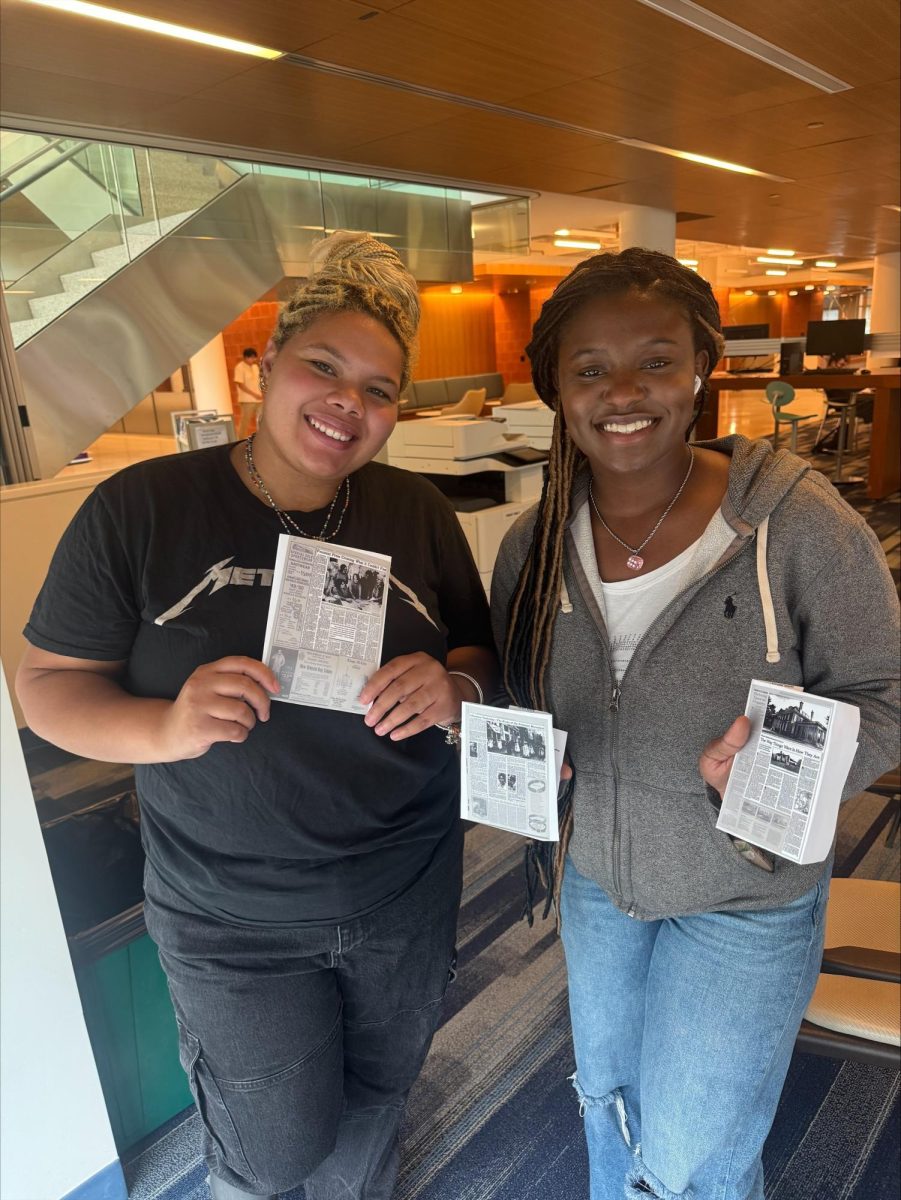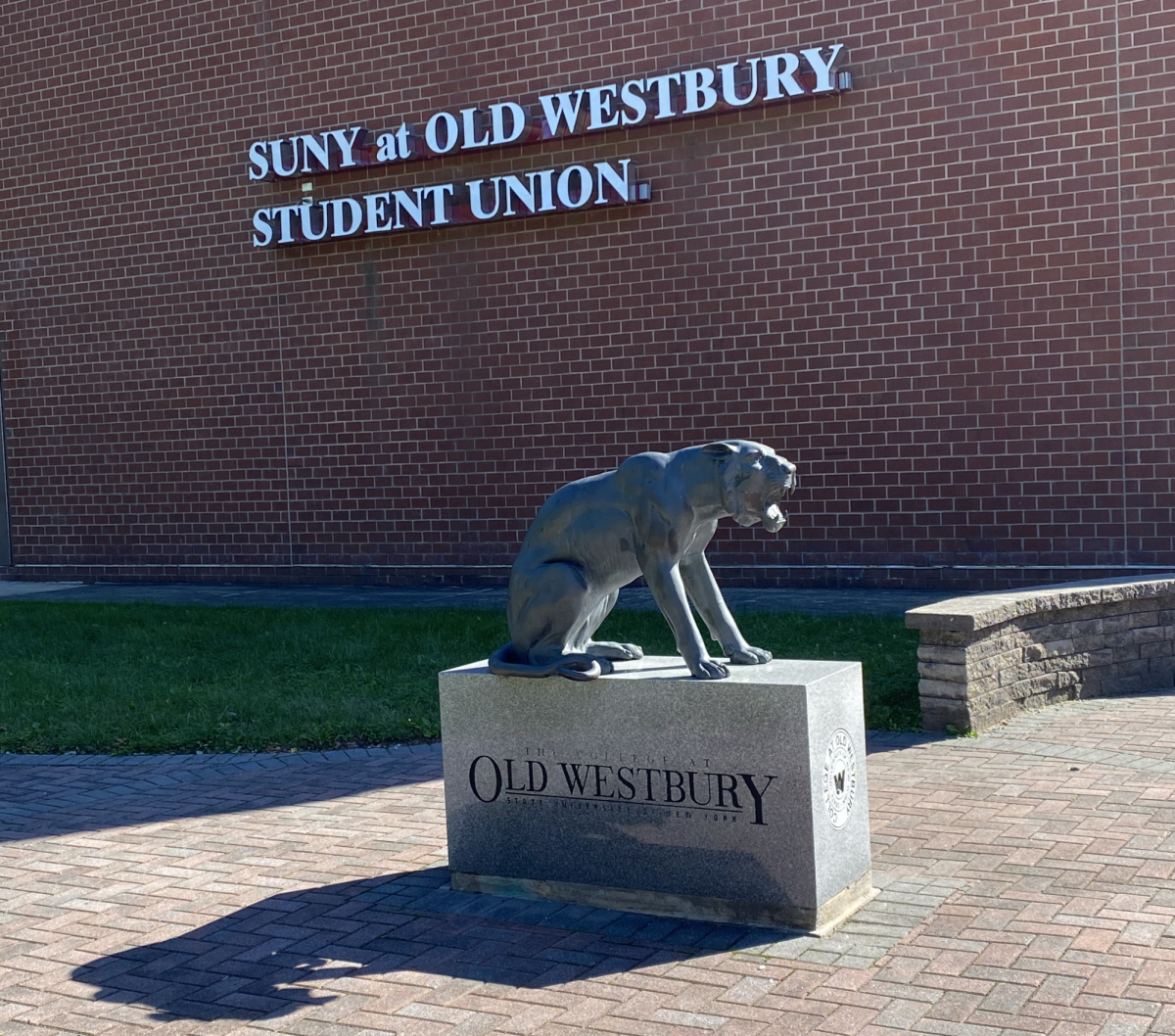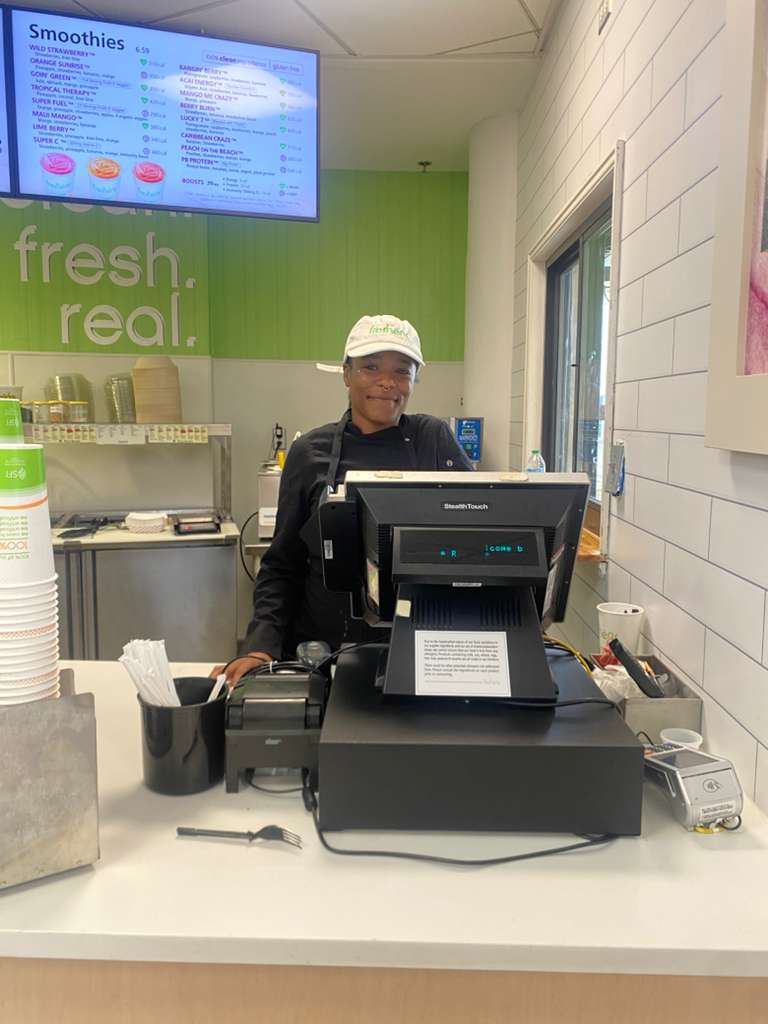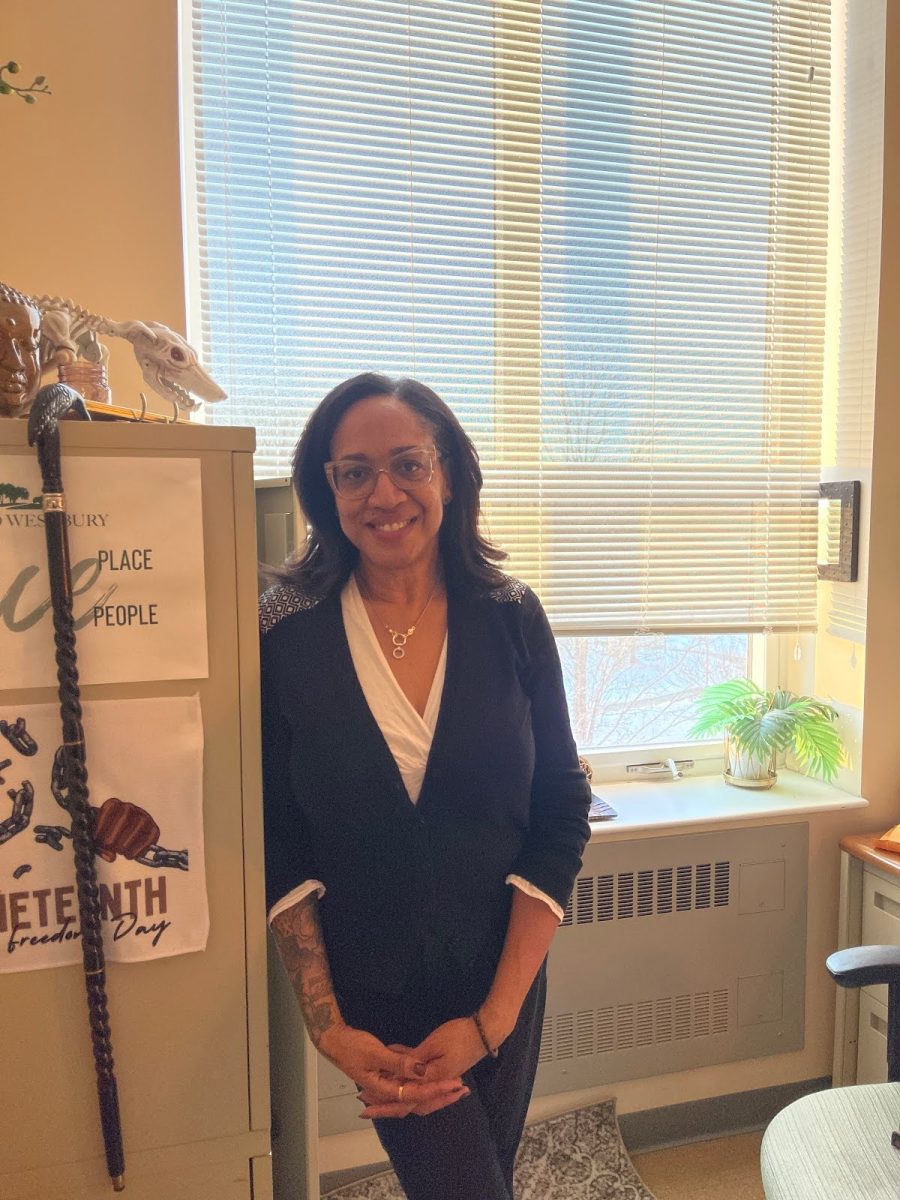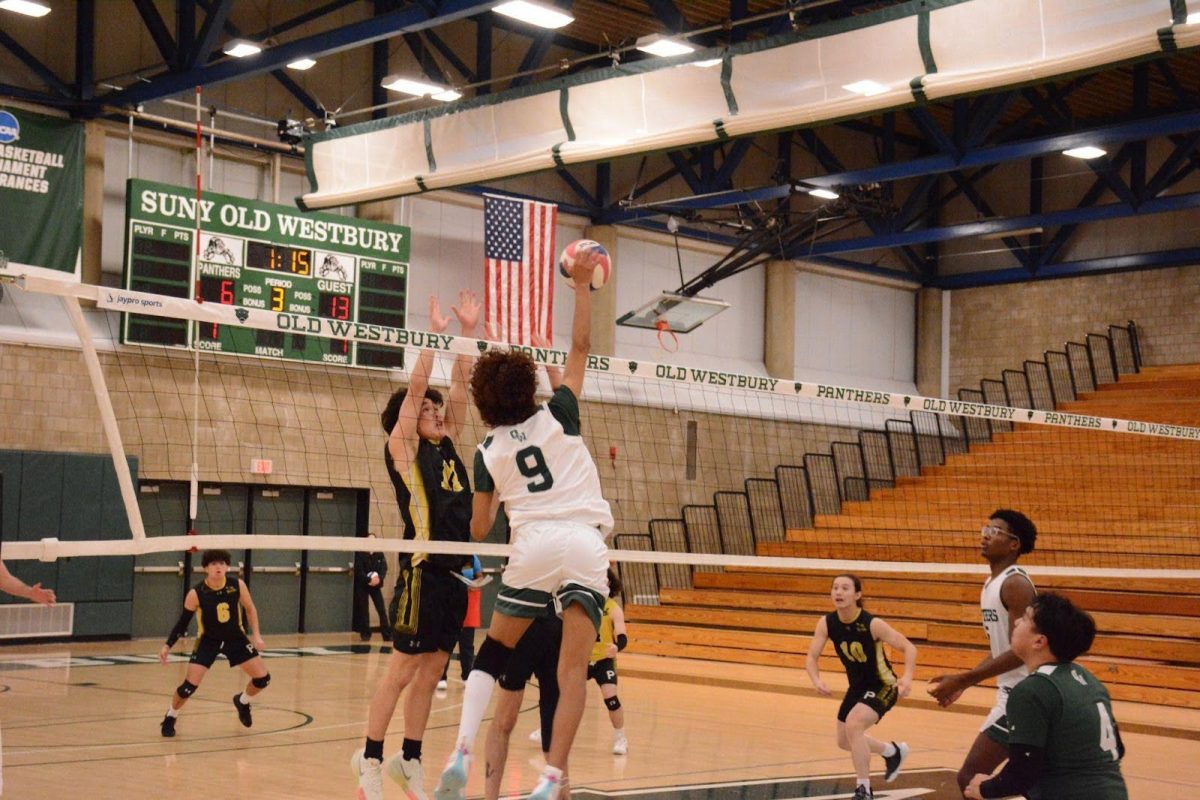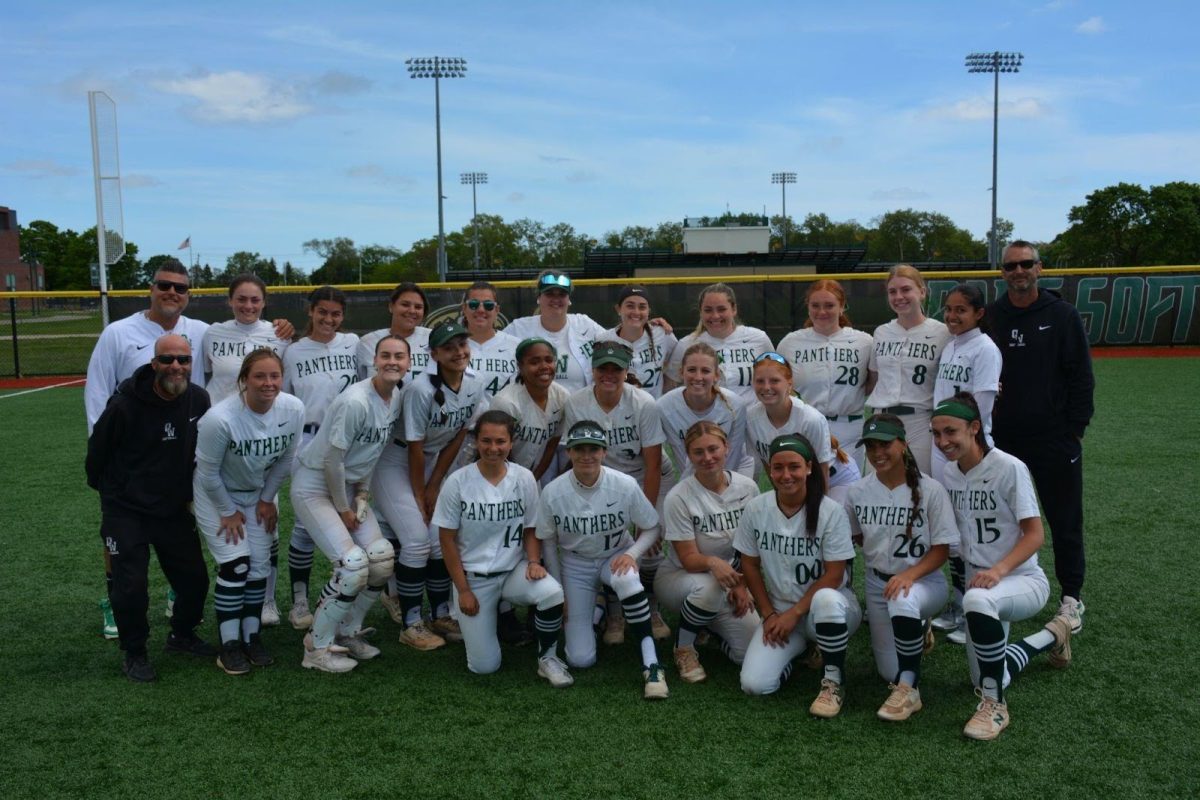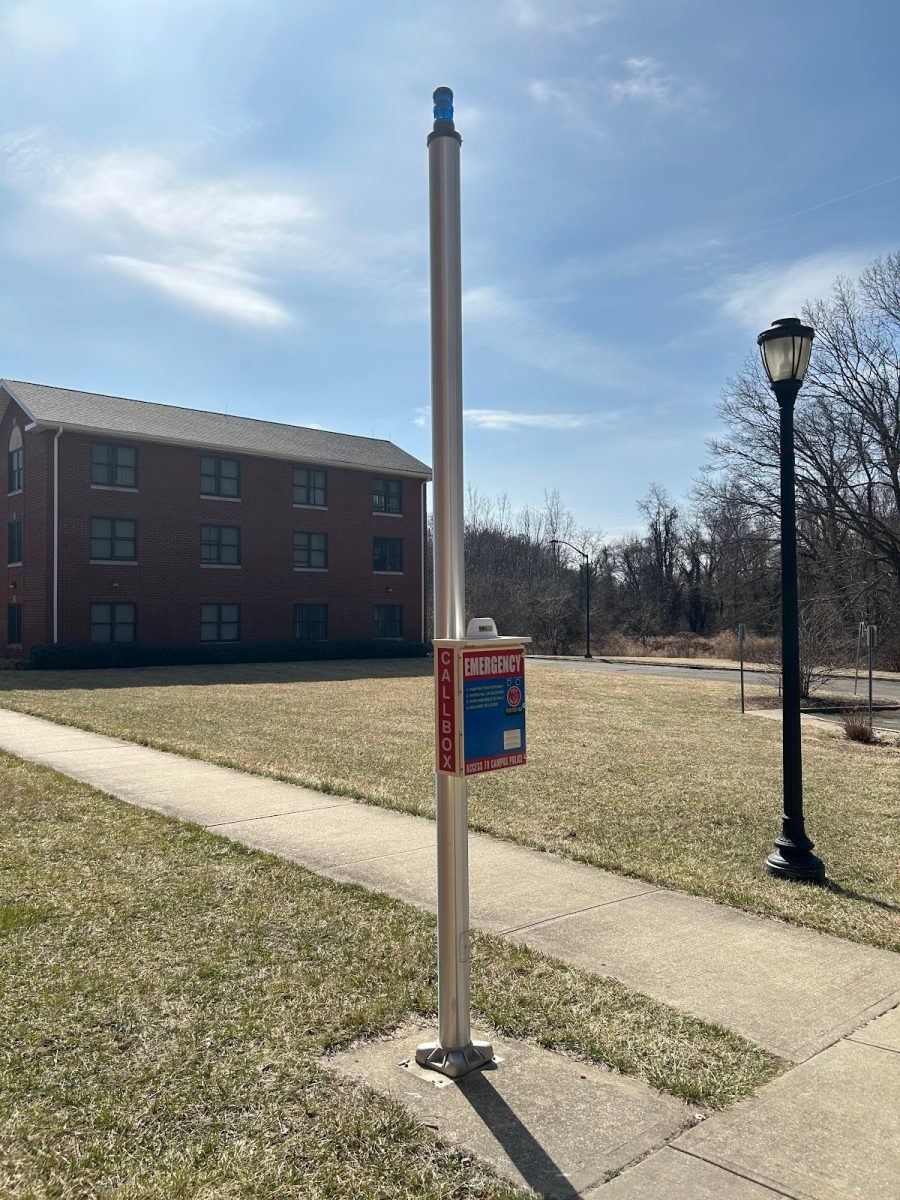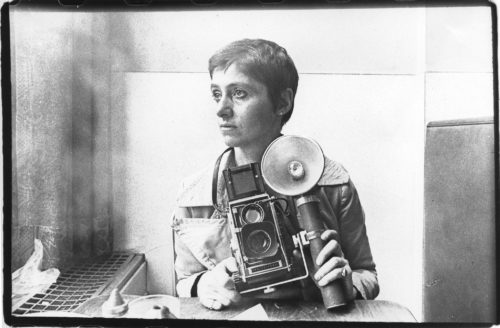
Born on March 14, 1923, and taking her life on July, 26, 1971, Diane Arbus remains one of the most well-known American photographers of society at its weirdest. She once said, “A photograph is a secret about a secret. The more it tells you the less you know.” Her photographs hold many lives and secrets, from nudist colonies, carnival performers, and the fringes of society, she befriended and captured the essence of interesting lives, including her own.
Born Diane Nemerov, she was born into a wealthy family and her economic stability allowed her to pursue creative endeavors early in life. Although living lavish, she separated herself from her family and their lifestyle. She married Allan Arbus, a childhood sweetheart, and began a commercial photography studio together called “Diane and Allan Arbus.” She later left their joint business to focus on her independent works, occasionally using the shared darkroom.
Wondering the streets of New York City in the 50s and 60s, she mostly stumbled across her subjects. Her upbringing might have directed her photography, searching for a personal identity, and admiring those who have lived adversity in their choices. That is what prompted her to visit circuses, nudist camps, and the underground social world.
During the 60s, she received two Guggenheim Fellowships and began teaching at the Parsons School of Design and the Rhode Island School of Design. She also had her first major exhibition of her photographs at the Museum of Modern Art in the 1967 “New Documents” show. Some hailed her empathy and others said she was a voyeur and user of the lives of the unfortunate.
The black and white photographs themselves are marvelous to glance at. The absurdity and honesty is what makes her photos so phenomenal. She does what every photographer tries to do, look at the places and people we see (or don’t see) every day in a different light. And in doing so she equally brings to the surface the ordinary mixed with extraordinary.
Her photo A castle in Disneyland, Cal from 1962 makes the happiest place on Earth look like a still from a Dracula horror movie. She changes the essence of what she is viewing and thus changes the audience’s perspective.
Her most famous photo Identical Twins, Roselle, New Jersey, 1967 has influenced culture to this day. The photo inspired renowned director Stanley Kubrick while he was creating The Shining, a statement in American horror cinema. Of the photo Arbus has said, “There are, and have been, and will be an infinite number of things on Earth: Individuals all different, all wanting different things, all knowing different things, all loving different things, all looking different…That is what I love: the differentness.”
Arbus’ legacy lives on in those who try to emulate her photos and style. Her works have been in more than twenty-five major solo exhibitions and in 1972, she was the first photographer to be included in the Venice Biennale.
In the show, her photos were described as “the overwhelming sensation of the American Pavilion. If one’s natural tendency is to be skeptical about legend, it must be said that all suspicion vanishes in the presence of the Arbus work, which is extremely powerful and very strange,” wrote Hilton Kramer in a New York Times article.


